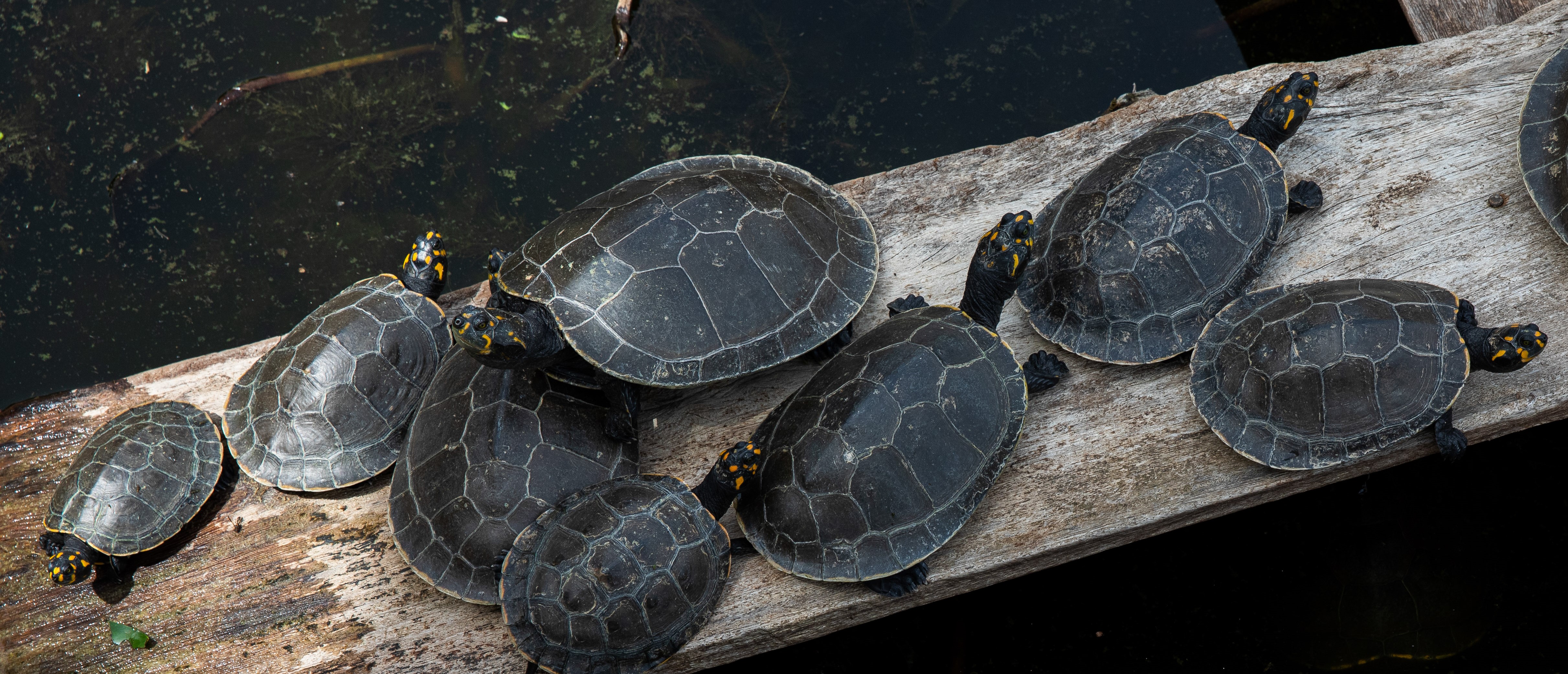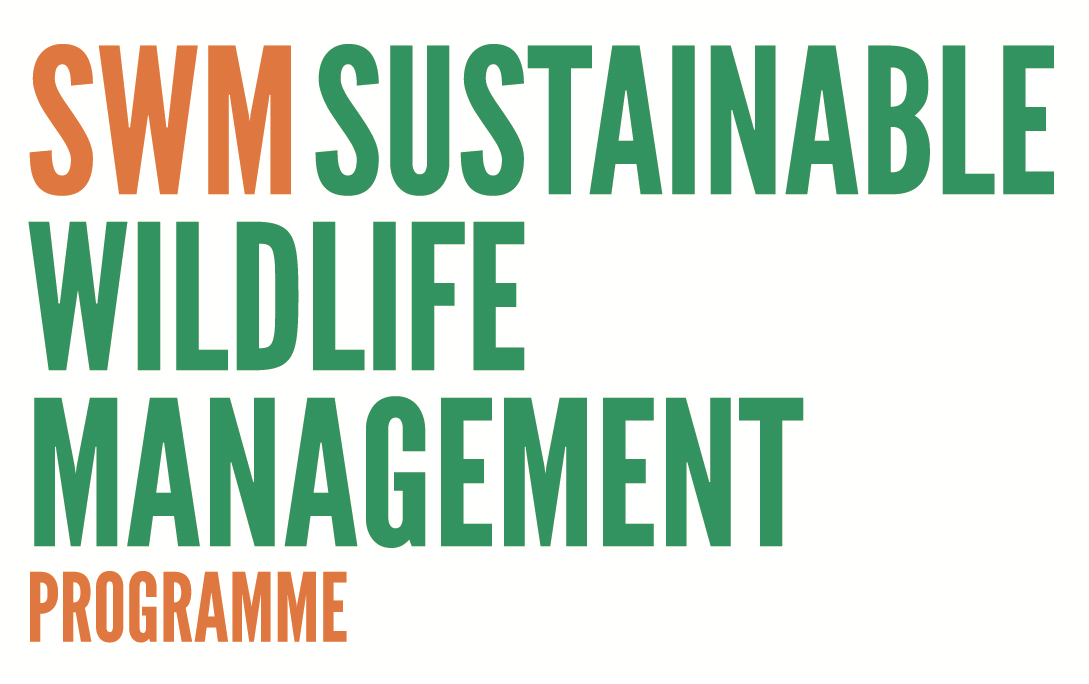Suriname - Statutory law – Non consumption use
Non consumption use

SURINAME
Summary
Suriname lacks tourism legislation and an associated licensing system. Therefore, the role of wildlife in relation to ecotourism is completely absent in the legislation, although Suriname's tourism largely covers nature tourism. The current legal framework only provides for the designation of two types of protected areas: nature reserves and special management areas (also known as Multiple Use Management Areas, or MUMAs), and therefore is not completely aligned with the IUCN categorization for protected areas. Due to the statutory limitations set on nature reserves, public activities are generally not allowed. Only one government entity, Foundation for Nature Conservation in Suriname (STINASU), has been granted the authorization to operate in nature reserves. The main objectives are the promotion of nature research, nature conservation, education, and ecotourism. As a non-profit organization, STINASU manages Brownsberg Nature Park and co-manages Galibi Nature Reserve, Central Suriname Nature Reserve, Matapica Seaturtle Beaches and Boven Coesewijne Reserve, and will soon co-manage Kaburi Creek Park. However, it is noteworthy to mention that STINASU has no legal mandate to enforce rules governing these areas. It is a foundation and has not been granted these powers by law.
Suriname has four MUMAs, which are often compared to IUCN category VI “protected areas with sustainable use of natural resources”. Management plans for some of the MUMAs have been prepared, but as yet have no legal status. To date, no management plans have been approved. Once approved, they will contain details on how tourism (including ecotourism) activities should be carried out in these MUMAs.
WILDLIFE CONSERVATION (ECOTOURISM)
IDENTIFICATION OF PROTECTED AREAS FOR ECOTOURISM
The legal framework for protected areas provides for the designation of different types of protected areas, which is limited to: (i) nature reserves; and (ii) special management areas (commonly known as Multiple Use Management Areas MUMAs).
Nature reserves are established by the Nature Conservation Act 1954, while the MUMAs are established by Ministerial Orders. In addition, the Plant Protection Act also provides for an area to be designated as a protected area to prevent the spread and control of plant diseases. The categorization of these protected areas does not follow the IUCN categorization for protected areas, which was established well after the issuance of the Nature Conservation Act 1954.
Natural reserves can be created for areas of “alternating nature and landscape beauty and/or the presence of scientifically or culturally important flora, fauna and geological objects”. They have all been established by State Order, which designates the areas as nature reserves by indicating the borders of the area. Due to their nature, public activities are not allowed and it is not possible to: (i) deliberately or by negligence cause damage the soil conditions, natural beauty, fauna, and flora, or perform actions that detract value from the reserve; (ii) camp, make a fire, cut wood or burn charcoal, without the written permission from the Head of Suriname Forest Service (SFS) and without due observance of the conditions set therein; and (iii) hunt and fish; possessing a firearm, a dog or any hunting and trapping device is prohibited unless a licence has been granted to this effect. However, the Nature Conservation Act 1954 makes an exception to perform public activities in nature reserves. Based on Article 7 of the Act, the Head of the SFS may grant, and in accordance with an approved plan, a licence to conduct a business in an un secluded part of a nature reserve. This licence will only be granted with the express reservation that no damage or detriment is caused to the reserve. In addition, the prohibitions applicable to the nature reserves can be lifted (based on Article 6) for scientific, educational, cultural or other purposes if a special licence is granted or an order has been given by the Head of the SFS to perform these activities.
This permission to operate in the Central Suriname Nature Reserve and Galibi Nature Reserve is only commissioned to the Foundation for Nature Conservation in Suriname (STINASU). STINASU is affiliated with the Ministry of Land Policy and Forest Management, and focuses on the promotion of nature research, nature conservation, education and ecotourism.
The Government often compares MUMAs to category VI protected areas with sustainable use of natural resources of IUCN. Suriname has four MUMAs: Bigi Pan MUMA, North Coronie MUMA, North Saramacca MUMA and North Commewijne-Marowijne MUMA. However, the Ministerial Orders establishing these MUMAs only provide for the geographic boundaries of the protected areas and lack provisions on their management. Management plans for some of the MUMAs have been prepared, but as yet have no legal status. To date, no management plans have been approved. When approved, they will contain details on how tourism (including ecotourism) activities should be performed in these MUMAs.
Suriname does not have legislation that regulates tourism; there are only general rules for starting up and operating a tourism business.
Contravening the provisions that apply to nature reserves is punishable by a maximum of three months of imprisonment or a maximum fine of 1000 guilders. There are no sanctions mentioned in case of offences (criminal, administrative) in the MUMA State Orders.
ECOTOURISM DEVELOPMENT
Suriname does not have legislation regarding tourism (including ecotourism). There are no provisions for: ecotourism development, such as permits and requirements for establishing business activities specialized in ecotourism: compensation to or benefit-sharing agreements with the concerned IPLCs for wildlife tourism and conservation initiatives/activities; nor is there a collective/community permit system for running eco-tourism businesses.
INSTITUTIONAL FRAMEWORK RELEVANT TO WILDLIFE CONSERVATION (ECOTOURISM)
INSTITUTIONAL SET-UP
Tourism falls under the management of the Ministry of Transport, Communication and Tourism. The District Council is the executive body at the district administrative level and is responsible for the daily management of the district. It consists of a District Commissioner and one designated representative per ministry. Based on the management role, at least in one district (Para), the District Commissioner issues permits for recreational swimming facilities, including guidelines for waste management.
The Foundation for Nature Conservation in Suriname (STINASU) was founded in 1969 and is affiliated with the Ministry of Land Policy and Forest Management. Its main objective is the promotion of nature research, nature conservation, education and ecotourism. As a non-profit organization, STINASU manages Brownsberg Nature Park and co-manages Galibi Nature Reserve, Central Suriname Nature Reserve, Matapica Sea Turtle Beaches and Boven Coesewijne Reserve, and will soon co-manage Kaburi Creek Park.
However, it should be mentioned that STINASU has no legal mandate to enforce rules governing these areas. It is a foundation and has not been granted these powers by law.
